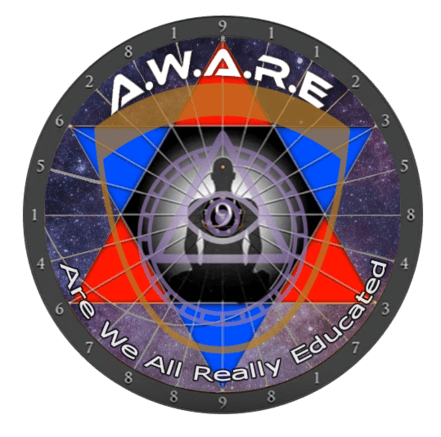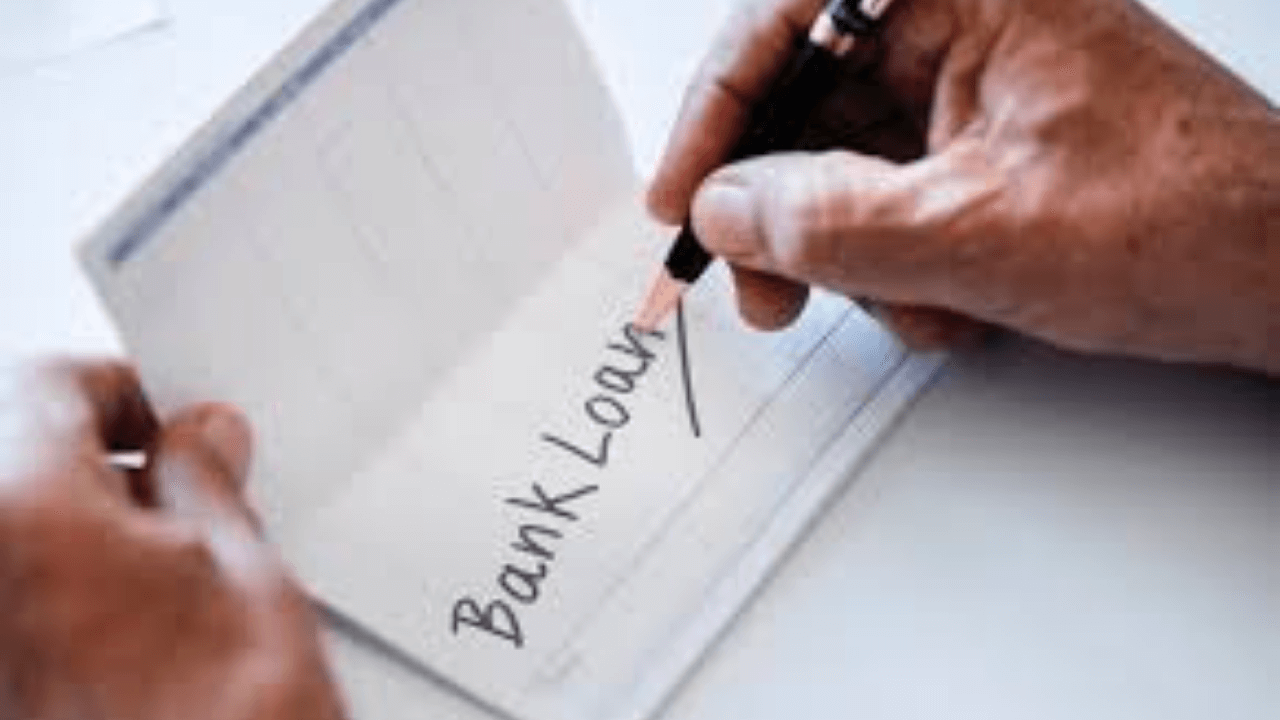Are you aware?
Your signature funds your own loan on a promissory note.
Are you aware of what the Federal Reserve and the government are doing at the National Level? Local banks are doing with us the local level, and the only difference is that instead of them printing new notes, the banks are creating new checkbook money every time they make a loan.
Here is what happens when you go to the bank to get a loan on your vehicle:
The bank makes you sign a Promissory Note.
They stamp the back of the note, “pay to the order of” or similar words within those lines..
Then, the note is deposited into a transaction account in YOUR NAME! Of course, this was not disclosed to you before you signed the note and you did not give them the authority to open a transaction account in your name.
The bank then writes a check from your transaction account deposit that you had no awareness of, either to you or transfers the amount to those who should be receiving it. The bank then sells the note to the Federal Reserve or into the Securities Market, the proceeds of which, are used to fund the alleged loan.
By the bank selling your note, YOU PAID FOR YOUR PURCHASE WITH THE PROMISSORY NOTE. Are you aware that your note was treated by the bank as an asset that could be exchanged for cash. Anything that you can exchange for cash is an asset. 95% of America does not realize that, within our monetary system, a Promissory Note is an asset. The moment you signed that note, it became money for the bank. That goes to tell you that your SIGNATURE is golden and has the power to discharge debt. Until you signed that note, there was no money in existence. Once the bank stamped the note “pay to the order of” it became a negotiable instrument. For the bank, it had Present Value, because they were able to sell it for cash. And to you, it only had Future Value.
So, what’s wrong with this loan scenario? Well, you always suspected that there was something not right when you went to get a loan from the bank. Now you know what it is and the process. Let us give you a simple illustration that will help you comprehend this better.
For example and educational purposes only, let’s say came to National Bank needing a loan. The example conversation goes like this:
You: “Can you give me a loan for $10,000.”
National Bank: “Sure! We’ll loan you $10,000, but you have to give us an asset worth $10,000.”
You: “All I’ve got is this diamond ring worth $10,000.”
National Bank: “That will do.” I then take the ring and sell it for $10,000, and come back to You with a check for $10,000.
National Bank: “Here’s your $10,000 loan at 10% interest, and the payments are $200 a month for x number of years.”
Every single day, the banks are commuting fraud, loan sharking, racketeering, and more. If you are not aware of it though, they don’t get caught because you don’t call them out in their deceitful acts!
So what is wrong with this loan? EVERYTHING!
First off, it’s not a loan. It’s actually an exchange. National Bank simply exchanged your diamond for a $10,000 check.
It never cost them anything to make the loan. They brought nothing to the table. Their assets did not decrease by $10,000, as would be the case in a true, honest loan. Thus, they had no risk. You provided the asset (the diamond ring) and they merely sold it and gave you back your money, and then had the unmitigated gall to charge you interest on nothing.
Your PROMISSORY NOTE became the funding instrument of your bank loan. The bank received it as an asset as legal tender, in the form of money and deposited it in an account. According to the Uniform Commercial Code (U.C.C) a promissory note is a negotiable instrument, and is, thus, legal tender. As such, it’s the funding instrument. There was no loan; it was an exchange. Your note could be monetized by the bank and was exchanged for the bank’s check. The bank lied and called it a loan. Banks and lending institutions only appear to lend money.
The “lending” techniques used are beyond great. It took some very, very wise people to figure out how to appear to be lending money, but in actuality, have the value supplied by the PERSON wanting a loan. That’s what’s happening and you don’t even know it!
You may be saying, “this is too incredible to believe! Shoe me proof!”
If you’re finding this difficult to believe, let’s look at some Federal Reserve Bank publications, which actually admit that this is how bank loans work.
“Transaction deposits are the modern counterpart of bank notes. It was a small step from printing notes to making book entries crediting deposits of borrowers, which the borrowers, in turn, could “spend” by writing checks, thereby “printing” their own money.”
Read Modern Money Mechanics, page 3, Federal Reserve Bank of Chicago.
“Of course, they do not really pay out loans from the money they receive as deposits. If they did do this, no additional money would be created. What they do when they make loans is to accept promissory notes in exchange for credits to the borrowers’ transaction accounts. Loans (assets) and deposits (liabilities) both rise by $9,000. Reserves are unchanged by the loan transactions. But the deposit credits constitute new additions to the total deposits of the banking system.”
Modern Money Mechanics, page 6, Federal Reserve Bank of Chicago.
According to the Fed, it’s not their policy to make loans from other depositor’s money. They do not even make loans from their own assets. They make loans by accepting promissory notes in exchange for credits to the borrower’s transaction account. They even admit that it’s an exchange, would you believe that?! If it’s an exchange, how can it be a loan?
“In exchange for the note or security, the lending institution credits the depositor’s account or gives a check that can be deposited at yet another depository institution.”
Two Faces of Debt, page 19 Federal Reserve Bank of Chicago.
And if you want more proof: The Bank’s own bookkeeping entries are proof. Let’s say the bank receives a $1,000.00 check deposit. It’s recorded as an asset to the bank, but in order to balance their books, on the other side of the ledger, they are required to record a $1,000.00 liability. The bank has an asset for $1,000.00, but it also has a liability of $1,000.00 to the depositor, which is you.
The bank owes you $1,000.00. You have a right to draw on that $1,000.00 whenever you want. When you purchased your vehicle instead of a check, you gave the bank a signed promissory note. The bank deposited it, just like a check or cash, in a transaction account in your name, without your consent. Why would they ask you for permission to do that, anyway?! Remember, all deposits are received as assets to the bank. However, they also have a corresponding liability to face value of your promissory note. So in reality, you don’t owe the bank anything. You simply exchanged your promissory note for their check, which paid for the vehicle. The account is a wash.
So the big question now is, WHY ARE WE PAYING MONTHLY PAYMENTS AND INTEREST FOR SOMETHING THAT HAS ALREADY BEEN PAID FOR WITHIN OUR MONETARY SYSTEM??
The bank actually owes you! They still do not own your promissory note. They made an exchange. Your promissory note (asset to the bank) was exchanged for the face value of the note. They deposited your note and then sold it. Thus, in their books, they still have a liability to you.
are you aware, aware, are we all really educated, Are you aware? Your signature funds your own loan on a promissory note. Are you aware of what the Federal Reserve and the government are doing at the National Level? Local banks are doing with us the local level, and the only difference is that instead of them printing new notes, the banks are creating new checkbook money every time they make a loan., getting a loan from the bank, promissory note, what happens when you get a loan,








Leave A Comment